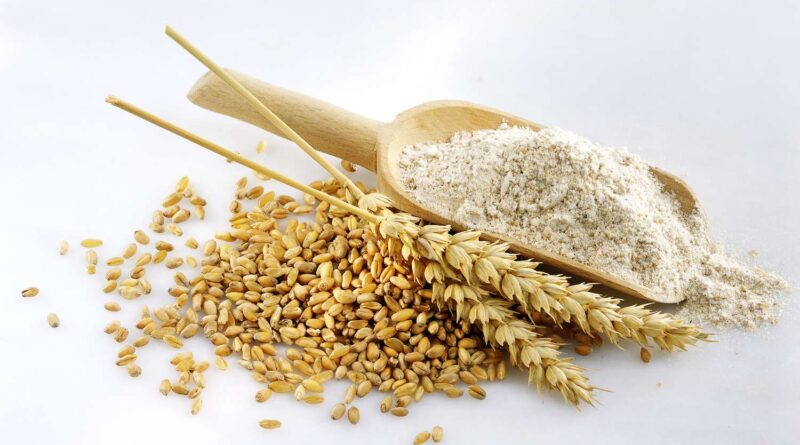IGC forecasts 9% dip in global flour trade
By Arvin Donley
Stemming from a decline in deliveries to Iraq, the world’s second-largest importer, global wheat flour trade in 2024-25 is estimated to contract by 9% from the previous year, according to the International Grains Council (IGC).
As part of its monthly Grain Market Report, the IGC estimates wheat flour trade at 15.5 million tonnes (wheat equivalent), down from last year’s six-year high of 16.9 million tonnes. If realized, it would be the lowest total in three years.
However, the IGC noted that the estimate is slightly higher compared to its last update in March, as upward revisions for sub-Saharan Africa and North and Central America more than offset cuts for Far East Asia, where deliveries to Sri Lanka fell short of earlier expectations.
The decline in imports to Iraq is linked to the country’s record wheat crop, with the government reportedly authorizing up to 2 million tonnes of grain exports this year.
“(Flour) purchases were also contained by policy initiatives to boost local flour output and reduce reliance on imports, including phased increases in tariffs on imported flour,” the IGC said. “Reduced supplies from Turkey — Iraq’s typical top supplier — added to the slowdown, with 2024-25 total imports estimated at 1.2 million tonnes, the least in 14 years and down from 2.1 million in the year before.”
The world’s perennial leading wheat flour importer, Afghanistan, is estimated to have sourced 3.1 million tonnes in 2024-25, slightly lower than the previous year but well above the five-year average, the IGC said. It noted that Afghanistan “substituted some flour purchases from Kazakhstan with grain shipments from that origin.”
After surging to a seven-year high in 2023-24 amid increased shipments from Turkey, sub-Saharan Africa imports remained elevated in the 2024-25 season, which ended June 30. While several importers in the region, including Ethiopia and Somalia, scaled back flour imports and shifted to grain, the IGC estimated that Sudan expanded its purchases, primarily from Egypt. Total flour deliveries to sub-Saharan Africa in 2024-25 are pegged at 3.2 million tonnes, broadly matching the multi-year high reached last year.
On the export side, Turkey, the perennial leader in flour exports, saw shipment plummet by almost 40% from the prior year’s peak to a 10-year low of 3.6 million tonnes.
“The decline was attributed to wheat import restrictions that limited access to competitively priced Black Sea grain,” the IGC said.
Meanwhile, Egypt boosted its deliveries, with dispatches estimated at a record 2 million tonnes, mainly to Sudan and other sub-Saharan Africa markets. This surge in shipments boosted Egypt to the world’s third-ranked flour exporter, behind second-place Kazakhstan (2.6 million tonnes).
The IGC’s projection for the 2025-26 season has global flour trade rebounding strongly to 17.3 million tonnes, which would be a nine-year high, if realized.
“The current forecast is substantially higher compared to the initial outlook in March 2025, chiefly incorporating large projections for Near East Asia and sub-Saharan Africa,” the IGC said.The Council sees Iraq’s imports rising by 500,000 tonnes due to a potentially smaller wheat crop while Turkey’s exports are expected to soar to 5.3 million tonnes, which would be a 1.7-million-tonne increase from this year, following the lifting of wheat import restrictions.
This article has been republished from The Baking Business.

